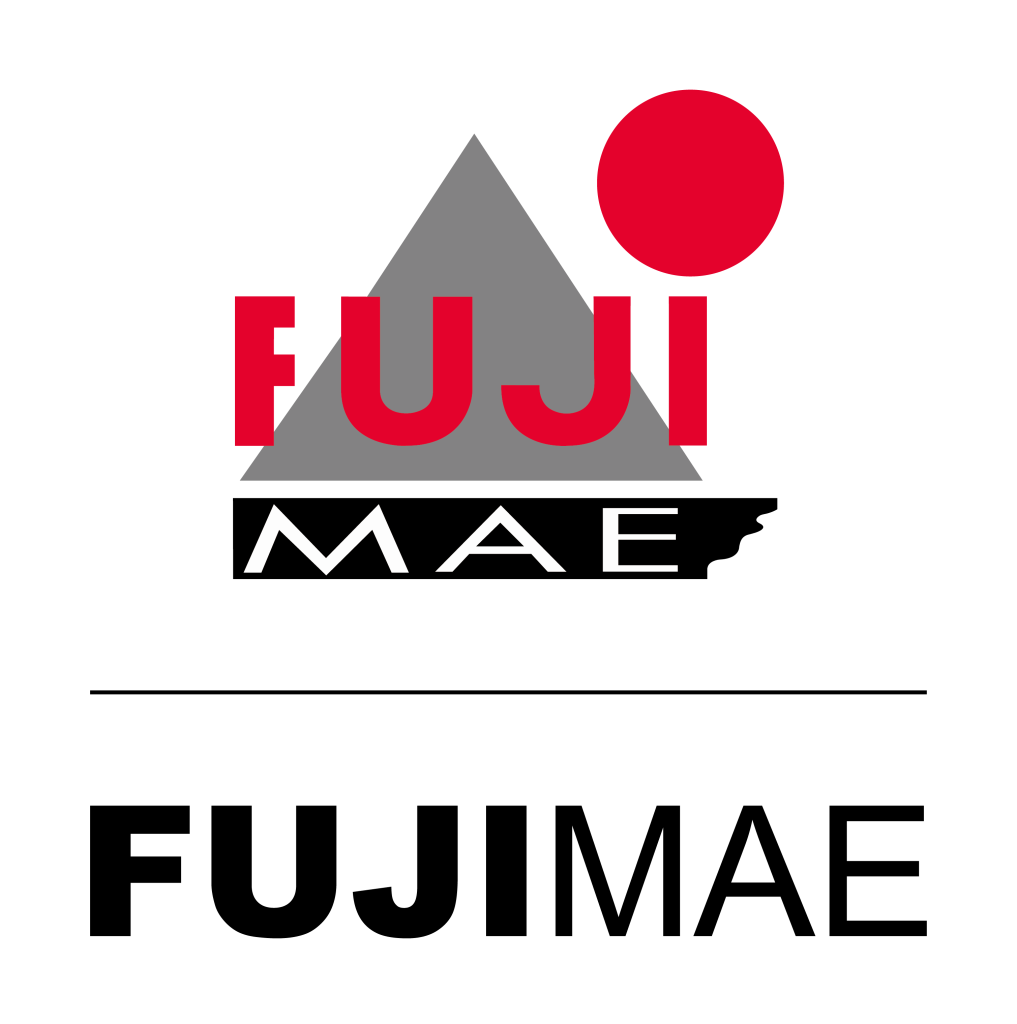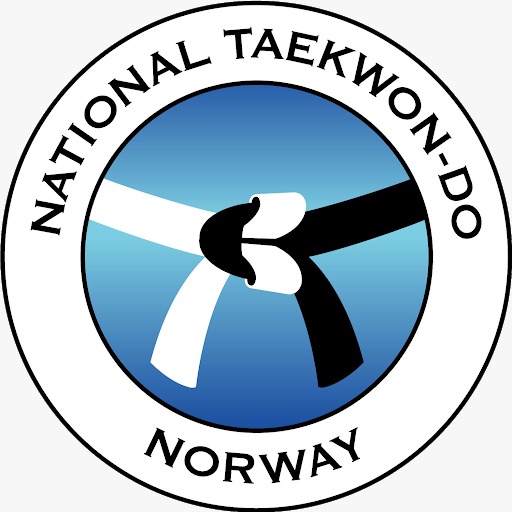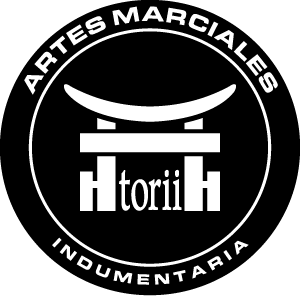Between August 1 and 3, a Quadruple Course took place in the city of Montevideo, with over 250 participants from the host country, Uruguay, as well as Argentina, Brazil, Chile, Costa Rica, Ecuador, Guatemala, Honduras, Israel, Paraguay, and Peru.

At the start, the ITF Treasurer, Master Leonardo Oros Duek, spoke on behalf of the ITF Board of Directors. He conveyed greetings from President GM Weiler, thanked the organizers and instructors Gabriel Colina and Víctor Hugo Benítez, and officially inaugurated the event.
In his turn, the President of the ITF Technical and Instruction Committee, GM Marano, thanked everyone for their attendance and the organizers for their efforts in making the 187th IIC a reality. He noted that the number 187 was significant because it was the number of the last IIC conducted by General Choi in Colorado, USA. He also mentioned that this event was the fifth IIC organized by Uruguay, but what made this occasion unique was that it was the first to feature four teaching committees.
Regarding the IIC, the three days began with a session dedicated to warm-ups and body conditioning before moving on to the practical part. Led alternately by Grand Masters Héctor Marano and Lan Ung, the three days covered aspects related to fundamental movements, correct foot, waist, and shoulder movement, fundamental stances, as well as pedagogical recommendations for teaching and learning techniques, preparation, and execution. Furthermore, theoretical issues were addressed, as were historical aspects of the Forms.
During the first day, the Forms from Chon Ji to Choong Moo were practiced. When it was time to work on Hosin Sool, the session began with a detailed analysis of vulnerable points (Kupso), and the importance of knowing them to define appropriate tools and techniques. The importance of working at the correct distance for technique execution, the appropriate attitude, and the use of the element of surprise were also highlighted.
In the afternoon, it was the turn of the Harmony Program and Adapted Taekwon-Do presentations. Master Gastón Casero, president of the Harmony Committee, conducted group activities to work on attention and coordination in a relaxed and playful environment. Key topics covered included addressing preconceptions about older adults, the physical, physiological, mental, emotional, and social benefits, health as the main objective, and the importance of interdisciplinary work. He concluded his session with recommendations for conducting classes and provided a range of theoretical and practical tools for adapting exercises and techniques for older adults. The first day concluded with instructor Anabel Vicario, president of the ITF Inclusion Committee, who shared experiences with students with different pathologies and conditions, as well as ways to approach teaching them Taekwon-Do. Other topics included class management and the need to cooperate with occupational therapists. In a pleasant talk filled with real-life examples, there was an exchange of questions and answers that made the event very dynamic. Once again, she recommended paying attention to the person and not the deficiency.
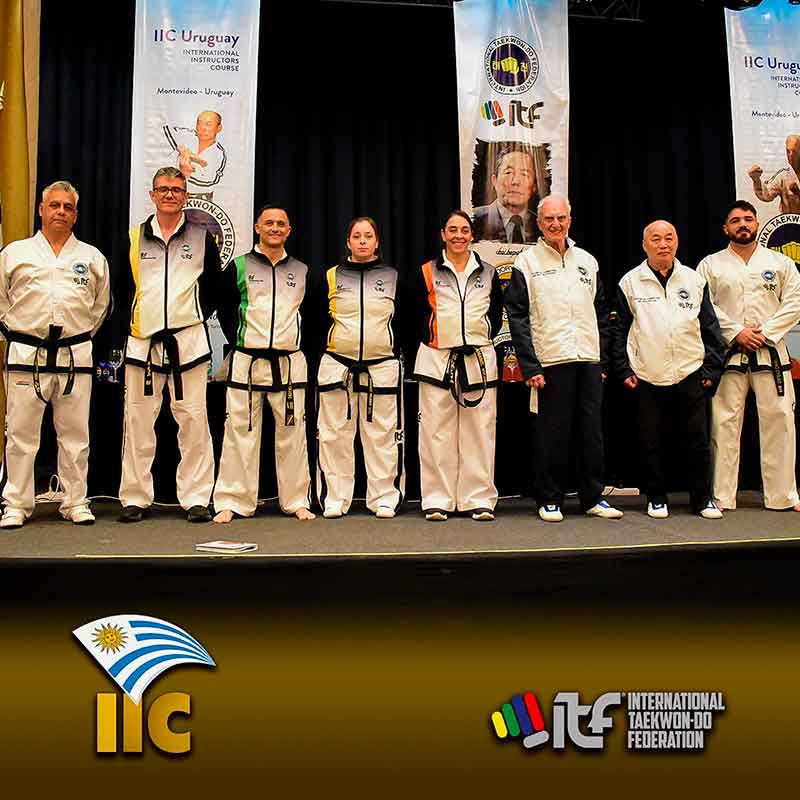
On the second day, the Forms for I, II, and III dan were worked on in detail, and after each segment, there were Q&A sessions with the Grand Masters. A review of each of the Forms was also carried out. In the afternoon, it was the turn of Taekwon-Do Kids. The session was led by Master Fabián Izquierdo and instructors Andrea Manna and Marisol Vicario, all members of the ITF Child Development Committee. The topics addressed were emotions and attention, from an educational perspective with scientific support and foundation. Furthermore, they delved into the importance of understanding how the brain works to develop appropriate teaching strategies for child students. To finish, various dynamics and playful activities were carried out to reinforce the concepts learned and provide instructors with more tools.
The third day was dedicated to learning the different types of step sparring, protocol, and justification. Later, after dividing into groups, the Forms for IV dan were executed, while the lower ranks performed a general review. To conclude, a sparring session was offered in parallel, which alternated theoretical content and practical application while the advanced ranks and Masters performed the Forms for V and VI dan.
After emotional words from the organizers and speakers, certificates were handed out and the Quadruple Course in Uruguay 2025 was officially closed.

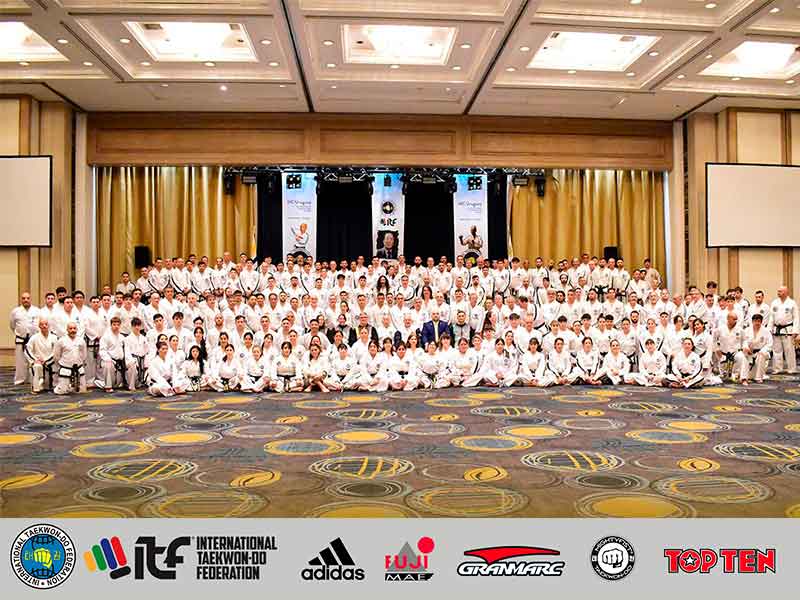
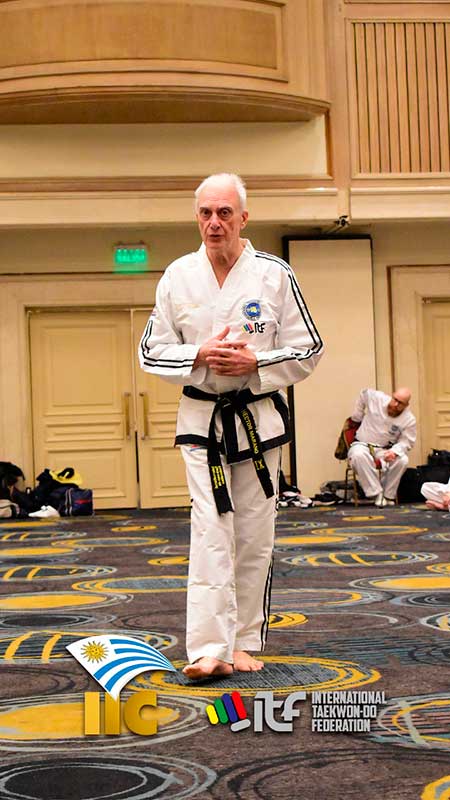
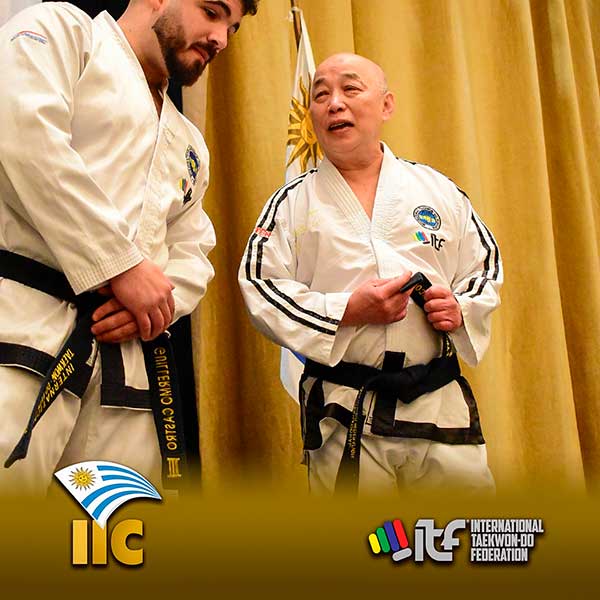
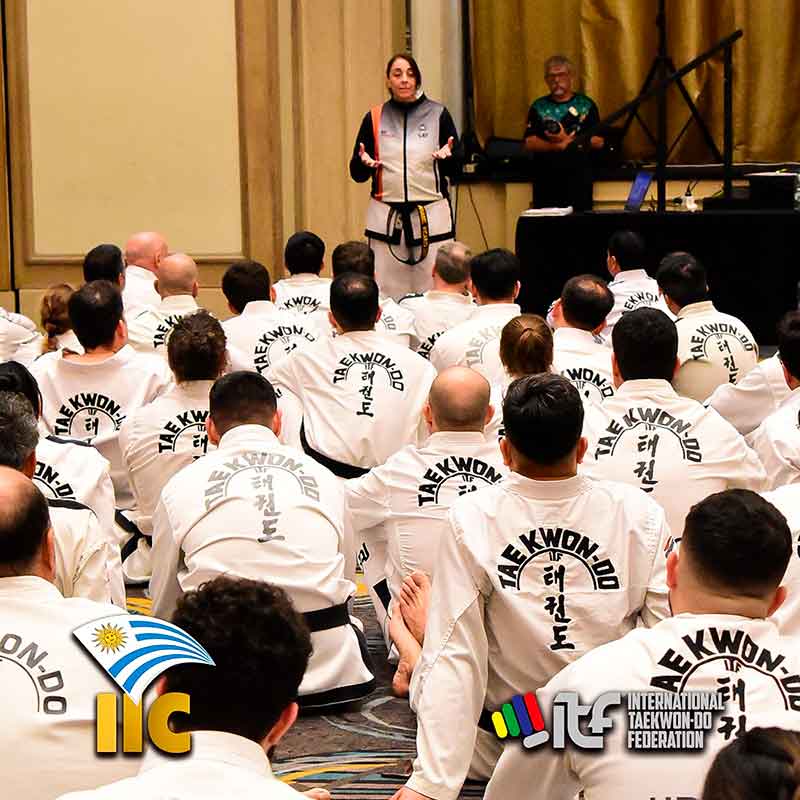
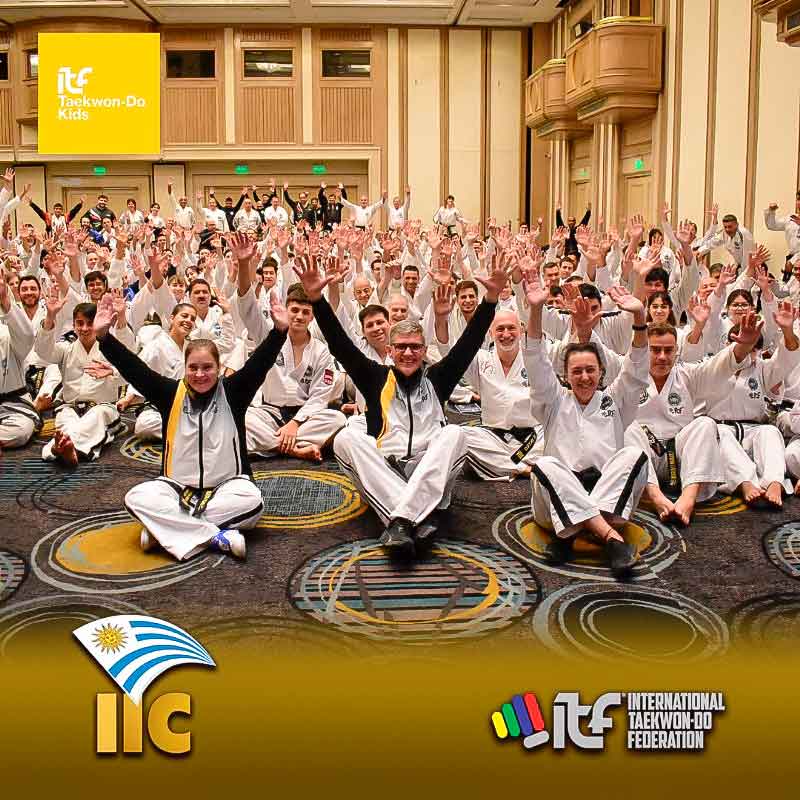
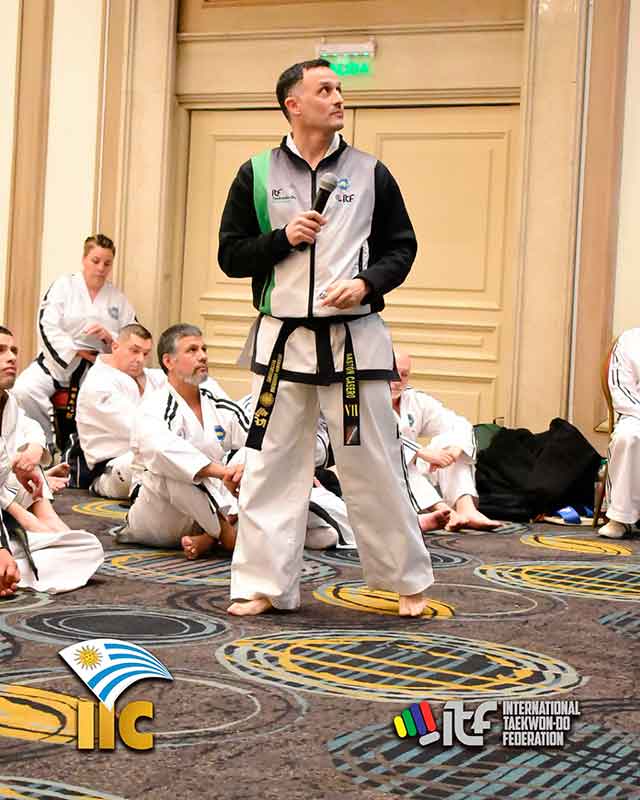
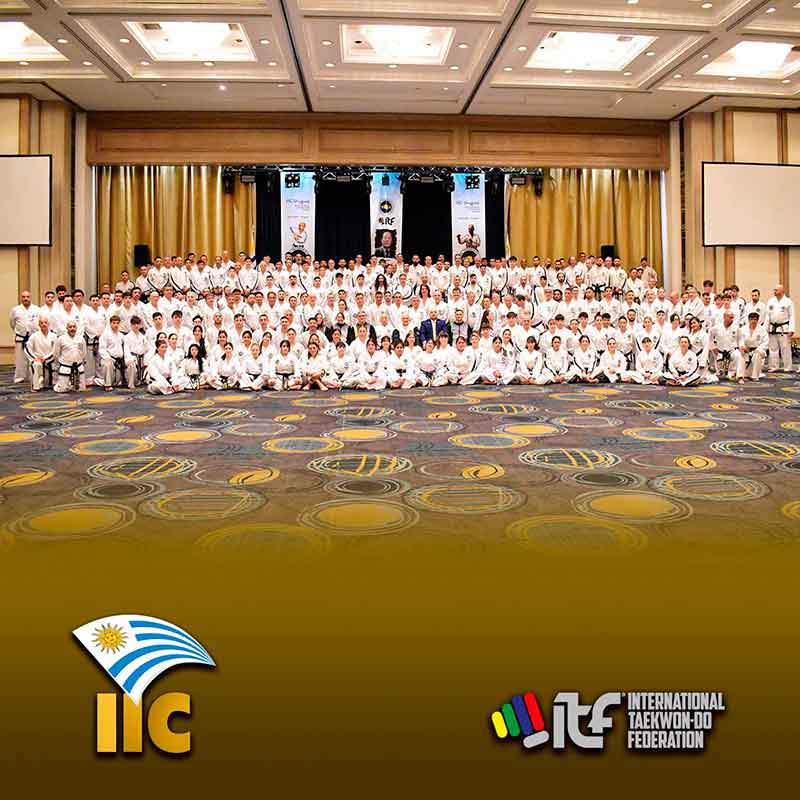
 ITF Open Central American and Caribbean Championship 2025 leaves its mark in the Dominican Republic
ITF Open Central American and Caribbean Championship 2025 leaves its mark in the Dominican Republic

